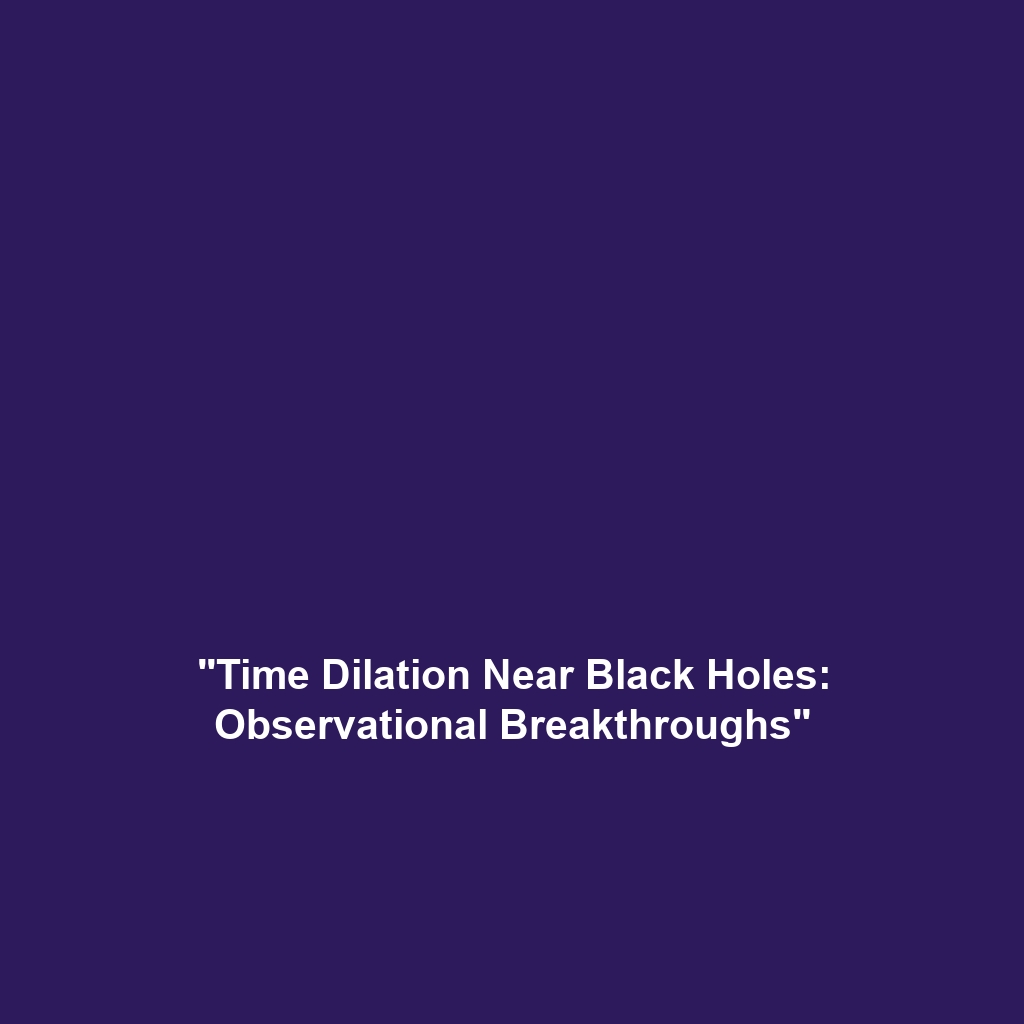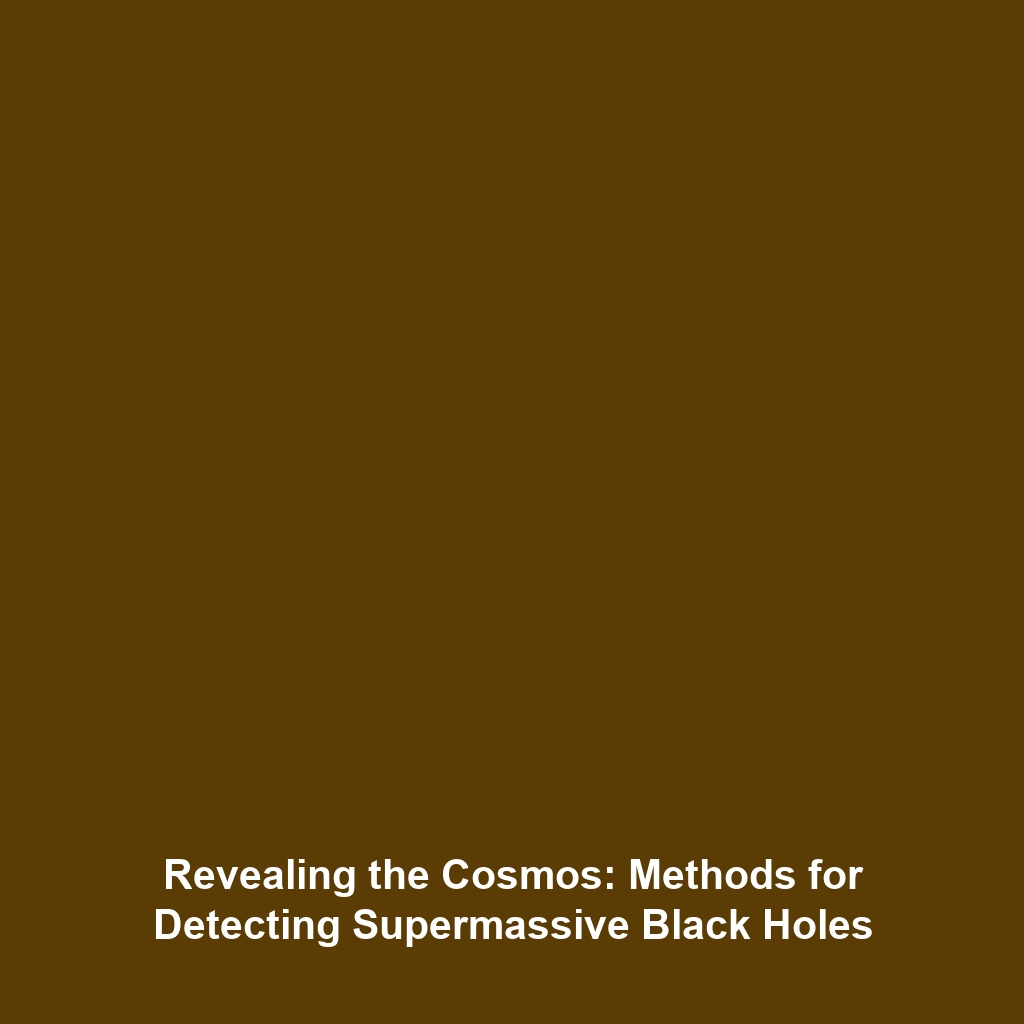Potential Consequences for Black Hole Stability in the Quantum Realm
Introduction
The exploration of potential consequences for black hole stability in the quantum realm represents a significant frontier in astrophysics, shedding light on the interplay between general relativity and quantum mechanics. Understanding how quantum effects influence black holes is crucial, as it may unlock answers to fundamental questions about the universe’s structure and the fate of information in black holes. This article unfolds the intricate relationship between quantum mechanics and black hole stability, emphasizing its critical significance in the broader context of our universe.
Key Concepts
Understanding Black Holes
Black holes are regions of spacetime exhibiting gravitational acceleration so strong that nothing—nor even light—can escape from them. They are formed by the collapse of massive stars and can have profound implications for the fabric of space and time.
Quantum Instability
In the quantum realm, particles behave unpredictably, leading to the concept of quantum fluctuations. These fluctuations might introduce stability issues in black holes, raising questions about their longevity and the potential for black hole evaporation through mechanisms like Hawking radiation, where quantum effects allow particles to escape the event horizon.
Applications and Real-World Uses
The exploration of how potential consequences for black hole stability in the quantum realm is used in the study of black holes can have far-reaching applications:
- Theoretical Physics: Insights from quantum mechanics can help refine our understanding of the universe, particularly in theories of quantum gravity.
- Astrophysics: Enhanced models of black hole dynamics can inform the study of galaxy formation and cosmic evolution.
- Information Theory: Addressing the black hole information paradox through quantum principles may lead to breakthroughs in our understanding of information conservation in physics.
Current Challenges
Understanding potential consequences for black hole stability in the quantum realm faces several challenges:
- Theoretical Unification: Bridging the gap between quantum mechanics and general relativity remains one of the greatest challenges in physics.
- Lack of Empirical Evidence: Direct experimental verification of black hole quantum effects is currently unattainable, limiting our understanding.
- Computational Complexity: Simulating the behavior of black holes with quantum considerations is computationally intensive and often infeasible.
Future Research and Innovations
Looking ahead, research is poised to uncover groundbreaking innovations related to the potential consequences for black hole stability in the quantum realm:
- New Models: Development of new theoretical models incorporating quantum effects could transform our understanding of black holes.
- Advanced Observational Techniques: The advent of next-generation telescopes may provide observational data that challenge existing theories and support new hypotheses.
- Interdisciplinary Research: Collaborations across fields—such as computer science and cosmology—could lead to novel approaches in simulating black hole behaviors.
Conclusion
In summary, the potential consequences for black hole stability in the quantum realm offer profound insights into the fundamental nature of our universe, linking quantum mechanics with astrophysical phenomena. As research advances, it is crucial to explore these interrelations further. For those interested in learning more, visit our sections on quantum mechanics and black holes to deepen your understanding of these complex topics.






